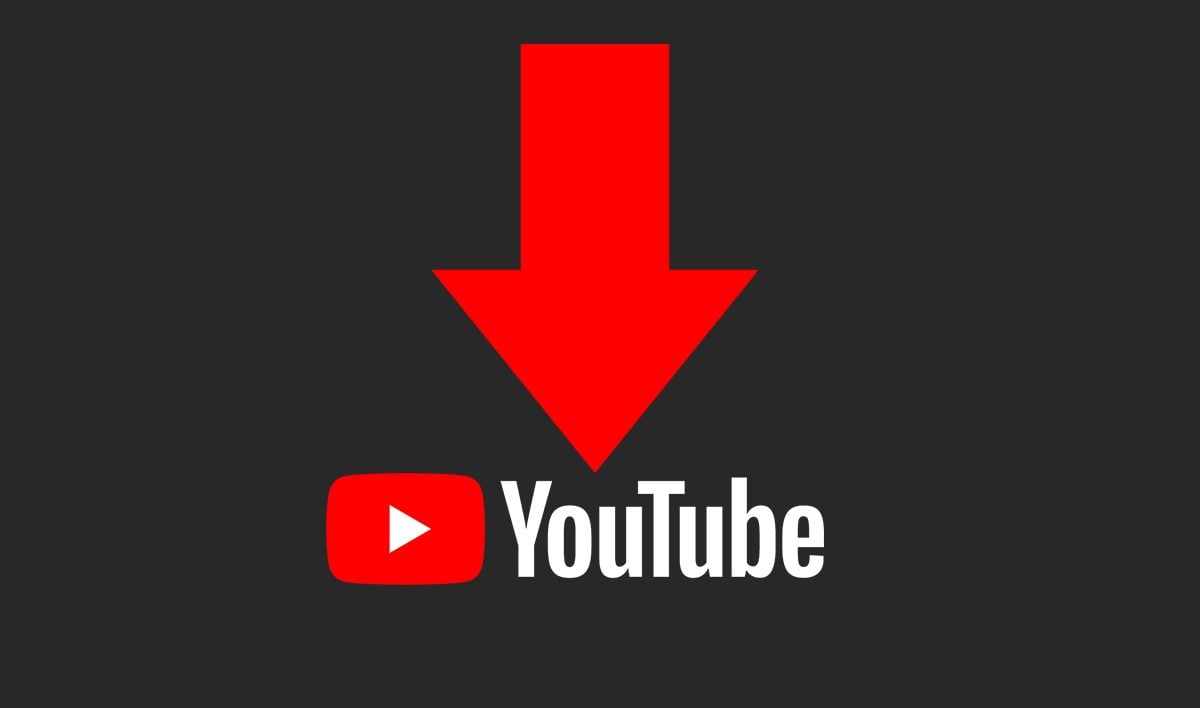SEO Image Optimization Tool
SEO Image Optimization Tool
Learn how to optimize images for better SEO performance, improve website speed, and enhance user experience.
Why Image Optimization Matters for SEO
Images play a crucial role in website design, but if they are not optimized properly, they can slow down your site and negatively impact your SEO rankings. Search engines like Google prioritize fast-loading websites, and large, unoptimized images can be a major cause of slow loading times.
By optimizing your images, you can significantly improve your website’s speed, reduce bounce rates, and ultimately boost your search engine rankings.
Benefits of Optimizing Images
- Improved Website Speed: Faster loading pages enhance user experience and reduce bounce rates.
- Better Search Engine Rankings: Google rewards websites with fast loading times in search results.
- Enhanced User Experience: Optimized images load faster, leading to happier visitors and more engagement.
- Reduced Bandwidth Usage: Smaller image sizes save data for users on mobile networks or limited data plans.
How Our SEO Image Optimization Tool Works
Our tool automatically compresses and optimizes your images without losing quality. It uses advanced algorithms to resize, compress, and convert images into formats that are ideal for the web. Here's how you can use it:
- Step 1: Upload your image to our tool.
- Step 2: Select your preferred output settings (image format, compression level, etc.).
- Step 3: Click the "Optimize" button to start the optimization process.
- Step 4: Download the optimized image and use it on your website!
Best Practices for Image SEO
- Use Descriptive File Names: Use clear and descriptive names for your image files (e.g., "blue-widget.jpg" instead of "IMG_1234.jpg").
- Choose the Right File Format: JPEG for photos, PNG for images with transparency, and WebP for better compression.
- Compress Images: Reduce the size of images without sacrificing too much quality to improve page speed.
- Use Alt Text: Always add descriptive alt text for images. This helps search engines understand what the image is about and improves accessibility.
- Responsive Images: Use responsive image techniques (like the "srcset" attribute) to serve the best image size based on the device being used.





